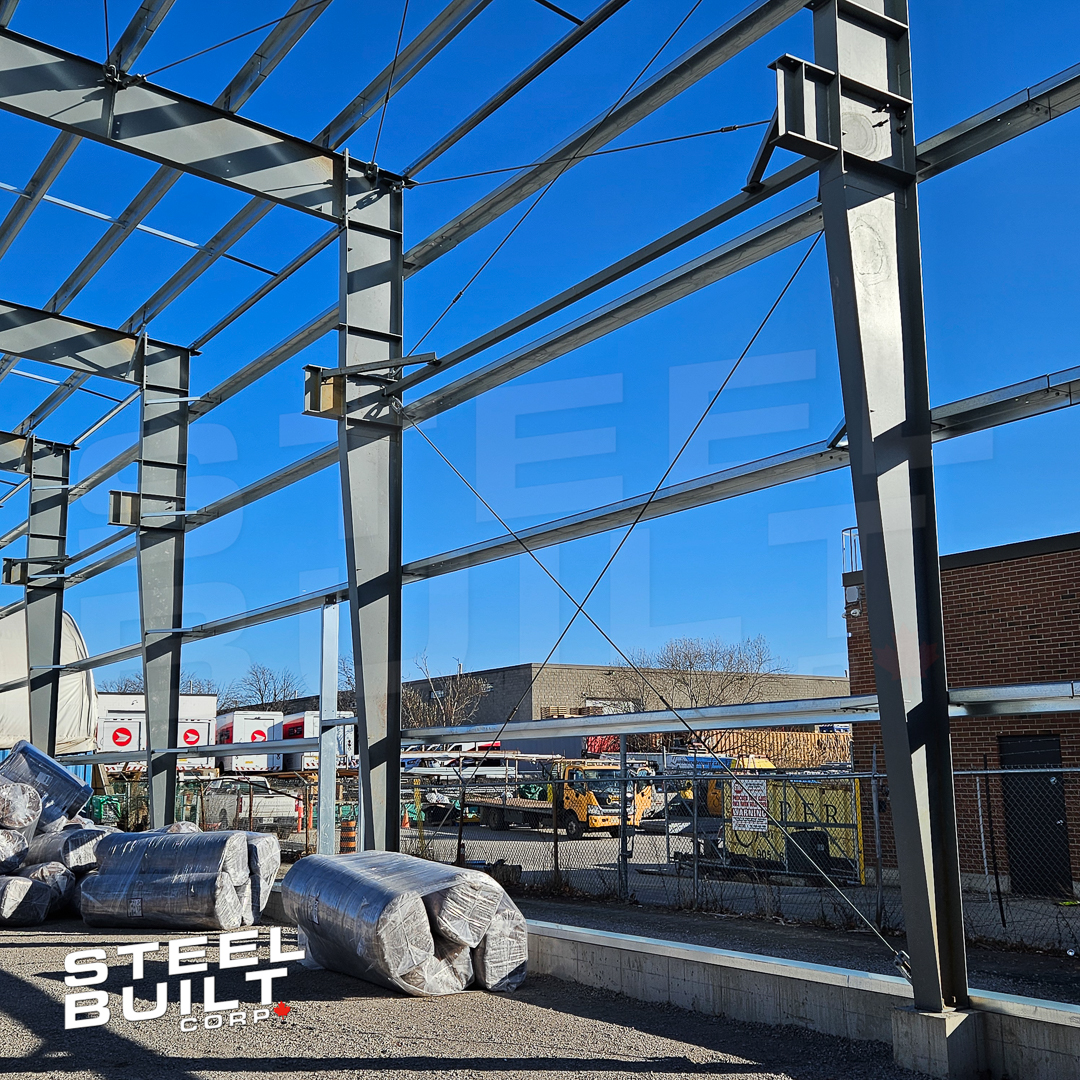The Importance of Ag Building
Agricultural structures play a crucial role in modern farming. Whether for storage, livestock housing, or equipment protection, an ag building provides durability, efficiency, and long-term benefits. Farmers rely on these structures to keep operations running smoothly while safeguarding their investments.
Versatility in Agricultural Structures
An ag building is not limited to one function. It can be designed for multiple purposes, such as barns, machinery storage, and grain handling. Customization allows farmers to optimize space according to their specific needs. The adaptability of an ag building makes it a valuable asset in agriculture.
Durable Materials for Longevity
Agricultural structures must withstand harsh weather conditions. A well-built ag building, constructed with high-quality steel or wood, ensures longevity and minimal maintenance. Steel structures are especially popular due to their resistance to rust, fire, and pests. Investing in durable materials leads to long-term cost savings.
Energy Efficiency and Sustainability
Modern farming practices emphasize sustainability. An ag building designed with energy-efficient materials and insulation reduces heating and cooling costs. Solar panels and natural lighting can also improve efficiency. These features make agricultural structures more eco-friendly while reducing operational expenses.
Protection of Equipment and Livestock
Farm machinery and livestock require a secure environment. An ag building provides protection against extreme weather, theft, and deterioration. Proper ventilation, temperature control, and structural integrity are essential for maintaining healthy livestock and functional equipment.
Customization for Specific Needs
No two farms are alike, so an ag building should be tailored to the farmer’s requirements. Adjustable layouts, additional storage areas, and automated systems can enhance productivity. Custom designs ensure that space is utilized efficiently while meeting the farm’s growing demands.
Cost-Effectiveness of Ag Buildings
Investing in an ag building reduces long-term costs. Traditional structures may require frequent repairs, but steel buildings, for example, offer lower maintenance. Prefabricated agricultural buildings can also lower construction costs, making them a budget-friendly choice.
Weather Resistance and Durability
Farmers must prepare for unpredictable weather. An ag building constructed with reinforced materials can withstand heavy snow, strong winds, and extreme temperatures. Weather-resistant designs protect valuable assets, ensuring farm operations continue without disruption.
Expansion and Future Growth
Agriculture is constantly evolving, and farm structures should accommodate future needs. An ag building can be expanded or modified based on business growth. Modular designs and prefabricated options provide flexibility, making it easier to scale up operations when necessary.
Advanced Technology Integration
Modern farms use technology to enhance efficiency. An ag building equipped with automated ventilation, temperature control, and security systems improves functionality. Smart technology integration allows for remote monitoring and management of agricultural operations.
Regulatory Compliance and Safety Standards
Agricultural structures must meet safety and zoning regulations. An ag building designed to comply with local laws ensures that farms avoid legal complications. Fire safety measures, structural stability, and proper waste disposal contribute to a safe farming environment.
Enhancing Farm Productivity
A well-planned ag building boosts productivity. Organized storage, accessible workspaces, and efficient layouts streamline daily operations. Farmers spend less time managing logistics and more time focusing on agricultural output.
Choosing the Right Builder
Selecting an experienced builder is crucial for a high-quality ag building. Professionals who specialize in agricultural construction understand the industry’s needs. Reliable builders provide durable materials, customized designs, and efficient construction timelines.
Conclusion
An ag building is an essential investment for modern farmers. It provides protection, efficiency, and flexibility for agricultural operations. By choosing durable materials, integrating technology, and planning for future growth, farmers can maximize the benefits of these structures. for blog visit our site venobo.

Leave a Reply